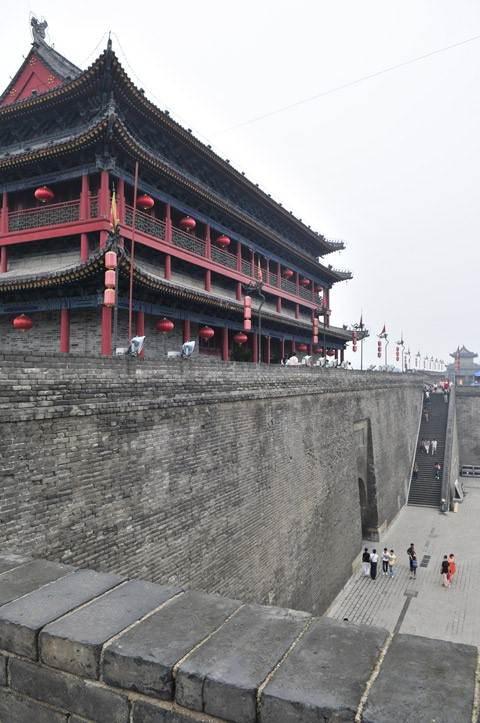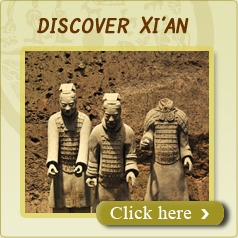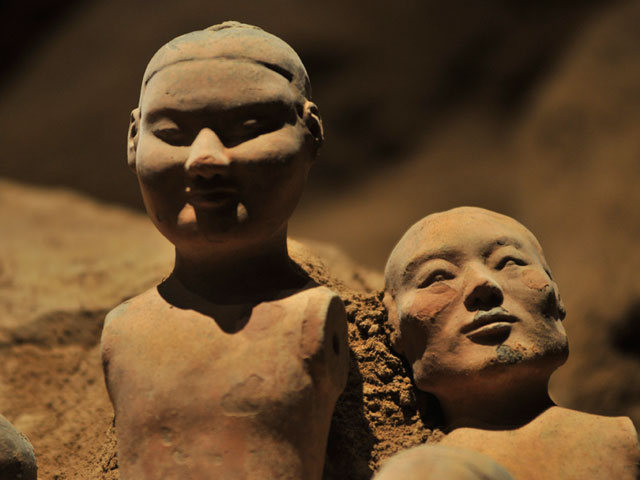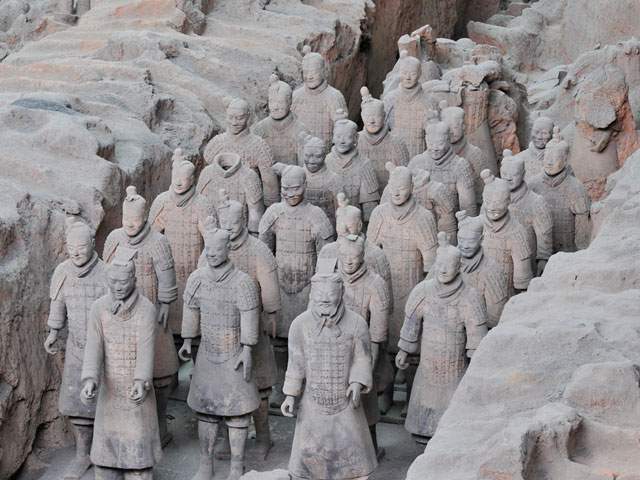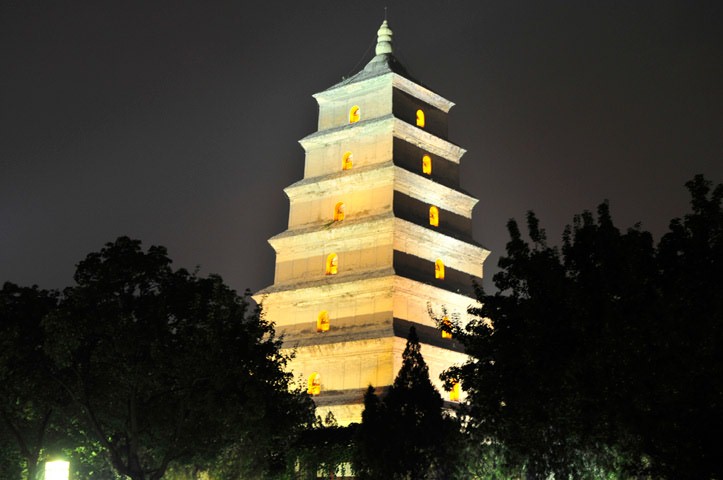Hanyangling Museum
Overview
Hanyangling Museum (also called Hanyang Mausoleum), 20 km (12.43 mi) north from Xian, is the joint tomb of the fourth Emperor Jing (Liu Qi) and his queen in Western Han Dynasty (206 BC-24 AD). It is the most intact royal mausoleum and the most important tangible document in the research of burial customs and civilization from this dynasty ever discovered.
Know more
Emperor Jing 's reign, along with that of his father Emperor Wen, known as the Rule of Wen and Jing (180 BC-141 BC), was considered to be one of the golden ages in Chinese history. His imperial rule promoted the development of economy and culture, so he is remembered as a capable emperor in Chinese history. Construction of Emperor's tomb began in 153 BC and was completed in 146 BC. Since it was on the site of Yi Yang County, the tomb gained its name Yangling. Hanyangling Museum is its present name after the findings.
The mausoleum covers an area of 10 square kilometers; 6 km (3.73 mi) from east to west and up to 3 km (1.86 mi) south to north. It comprises the emperor's tomb, empress's tomb, the south and north burial pits, ceremonial site, human sacrifice graveyard and criminals' cemetery. An east-to-west sacred road will lead you to the tomb of Emperor Jing at its western end. It looks like a topless pyramid standing in the center, with many satellite tombs scattered in all directions to protect it. Close beside mausoleum lies the tomb of his queen, mother of famous Emperor Wu of Han (Liu Che) who was later buried there to accompany her husband. The whole structure of the mausoleum is an irregular rectangle, but looks clear and neat. Its construction layout fully indicates the centralization of the imperial state powers and their predominant hierarchic ranks.
Tens of thousands of, which feature terra-cotta nude figurines and a variety of animals have been unearthed in the area. Walking down the 10-meter-long tomb tunnel, you could think yourself in an ancient zoo: flocks of pigs, horses and sheep are standing in a perfect formation, cocks craning their necks as if singing, hens pacing and dogs on the alert are pricking their ears up. While thousands of nude figurines, with vivid expression on their face also standing in a formation.
The mausoleum was opened to public in September 1999. However now it is to be filled in again to preserve the ancient collection. But above-mentioned relics unearthed from the mausoleum have been displayed in the exhibition hall.
